
Check out the first Lost in Code here!
There’s what you can see on the surface of a video game, and then there’s what lies beneath, hidden in its code. Whether due to time constraints, localization concerns, or any other number of possible reasons, there are countless characters, modes, levels, lines of dialogue, and more that don’t make it into the final build of a game. There are entire websites devoted to unearthing these enticing hidden nuggets (one of the best being The Cutting Room Floor), and we’ve peeled back the curtain once more to look into some of the best secrets that fans didn’t know existed about some of their favorite games!
Arwing Attack (The Legend of Zelda: Ocarina of Time)
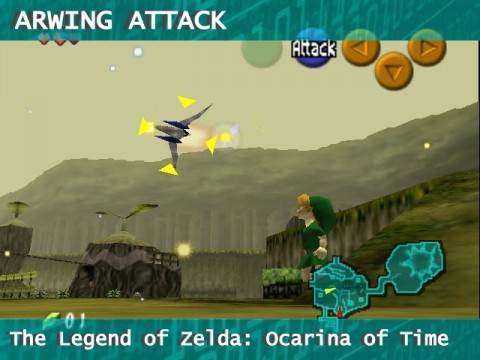
Do a barrel roll… Link?! Even Ocarina of Time on Nintendo 64 isn’t without its oddball code quirks. When working on the flying pattern for Volvagia, the boss of the Fire Temple, Nintendo’s programmers used an Arwing as a placeholder for the enemy during development! The fighter plane can be downed with three shots from Young Link’s Slingshot or a lob of the Boomerang. “All aircraft, report!” indeed; Fox must be losing sleep wondering where one of his beloved ships went.
Bottles’ Revenge (Banjo-Tooie)
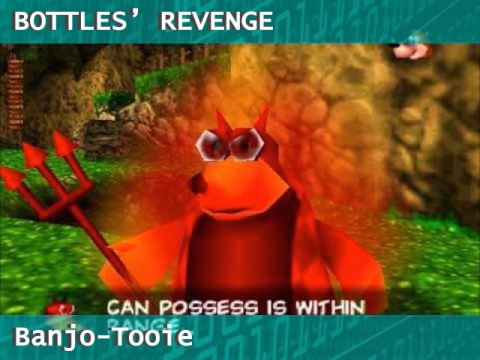
Rare’s Nintendo 64 Banjo-Kazooie titles are infamous for their scrapped content, most notably the Stop ‘N’ Swop feature that was intended to link both the original game and Banjo-Tooie. Bottles’ Revenge, which comes from the latter, is yet another intriguing oddity that never made it to fans. Players were able to pop into the game with a second controller and possess enemies using this devilish version of Bottles’ soul. Player 2 would harass Player 1 for a bit of mischievous fun, but when Rare failed to map the feature to the game’s bosses before release, the entire feature was jettisoned.
Time Keeps on Slippin’ (Chrono Trigger)
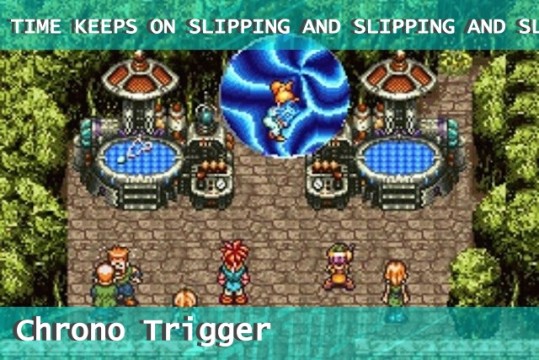
This entry is a little different in that it’s something that a player can actually see without cracking into the code… but only if they’re playing a pirated copy of the SNES classic Chrono Trigger. If the game detects that it’s being run on a copy cartridge of some kind, once the first time travel animation is activated, it will keep looping infinitely, preventing the player from progressing any further into the game. Ouch. It’s not that deep into the adventure, but it’s far enough that it would definitely irk whoever is playing– and deservedly so!
Industrial Area (Final Fight)
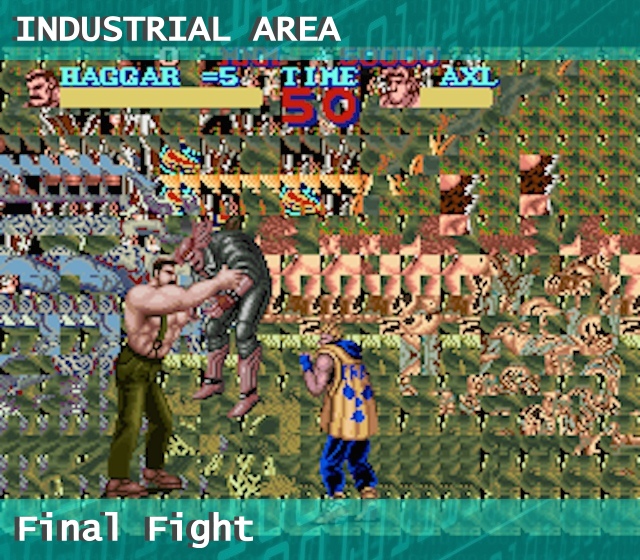
When Final Fight was ported to Super Nintendo back in the day, it was a fairly faithful replica of the arcade original, but it was still missing a couple of things. One was the fighter Guy (who got the chance to shine in his own version of the game, Final Fight Guy, which was available exclusively to rent at Blockbuster Video stores). Another was this stage, the Industrial Area. It exists within the game’s code, but as can be seen above, it’s a garbled mess when accessed. Capcom clearly tried to cram as much as it could into the cartridge, but fell short with this level.
The “Impossible” Ending (DuckTales)
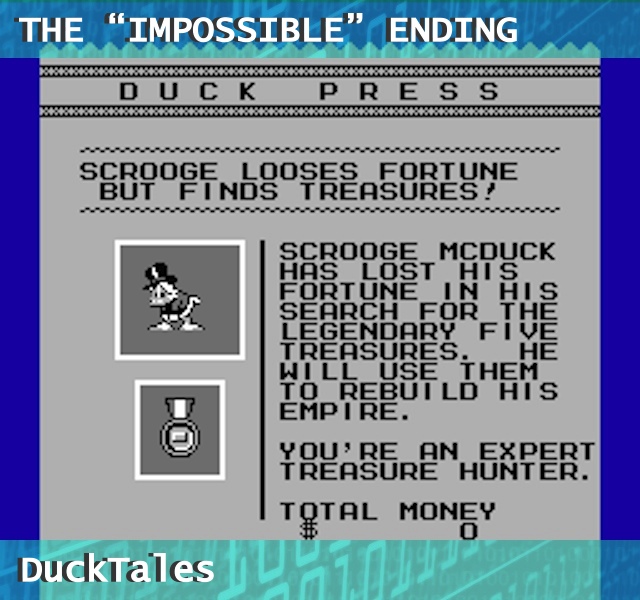
This is another entry that technically can be seen without hacking into the code of the game, but the circumstances to do so are virtually impossible to achieve. NES cult-classic DuckTales keeps track of how much money hero Scrooge McDuck has accumulated during his quest, but to reach the end of the game with $0 in the bank… well, let’s just say it’s really, really, really difficult to do. It’s possible, though, and the above is the headline that graces the newspaper when it happens.
Graveyard (Zelda II)
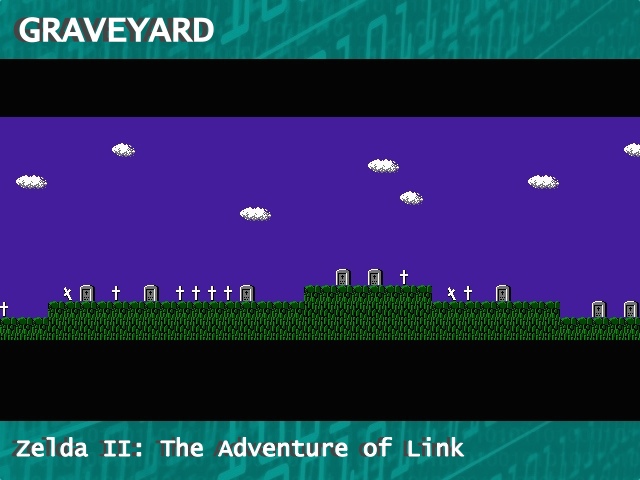
There’s nothing creepier than a derelict graveyard, which is perhaps the reason Nintendo chose to omit this particular one from Zelda II on NES. That, or the company got cold feet at the thought of all those crosses: Nintendo has been known to remove religious iconography from its games over the years. Of course, there’s also the chance that the environment was finalized, but the design team was never able to figure out anything to do with it in time for the title’s release. We’ll likely never know for certain, but it remains forever frozen in Zelda II’s code.
Did you know about any of these before today? What other tidbits do you know about that have been buried away in the code of a game? Sound off in the comments!




 ShareThis
ShareThis





